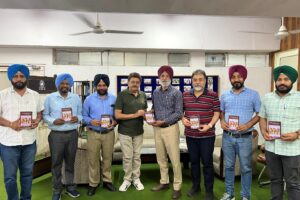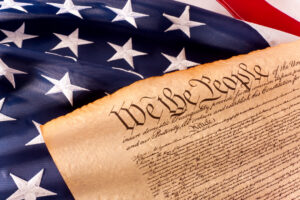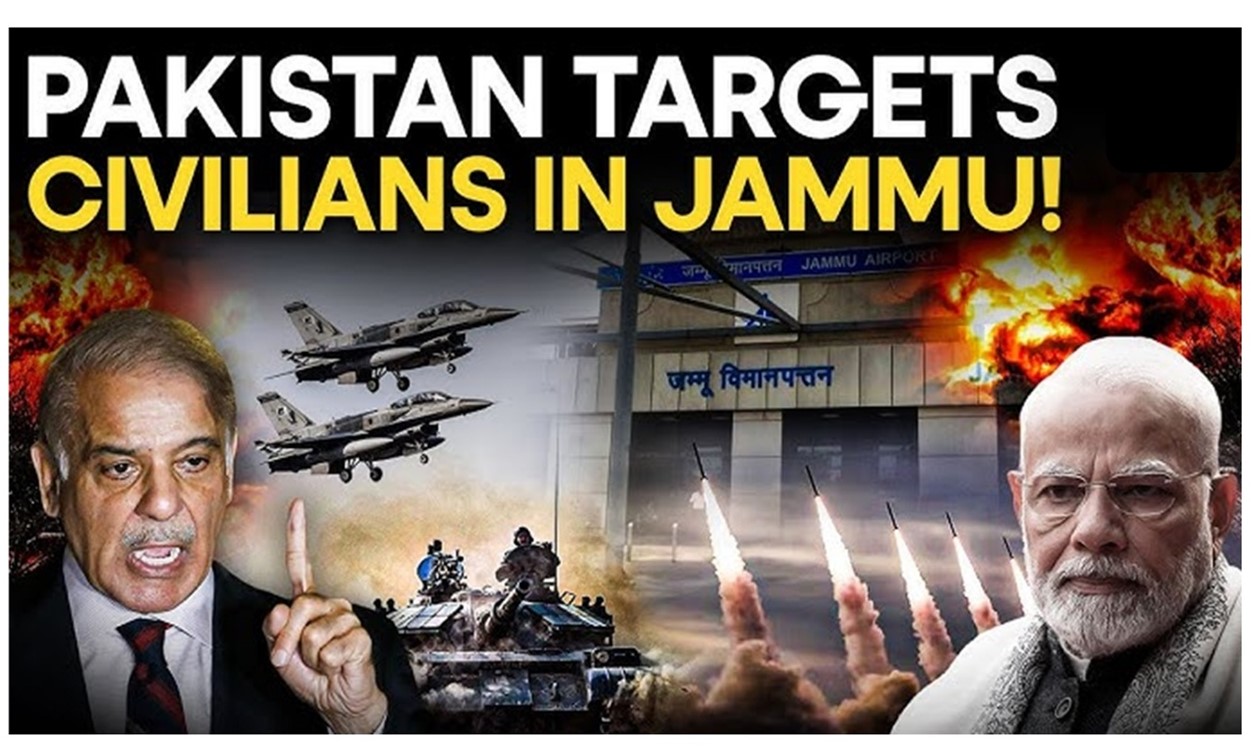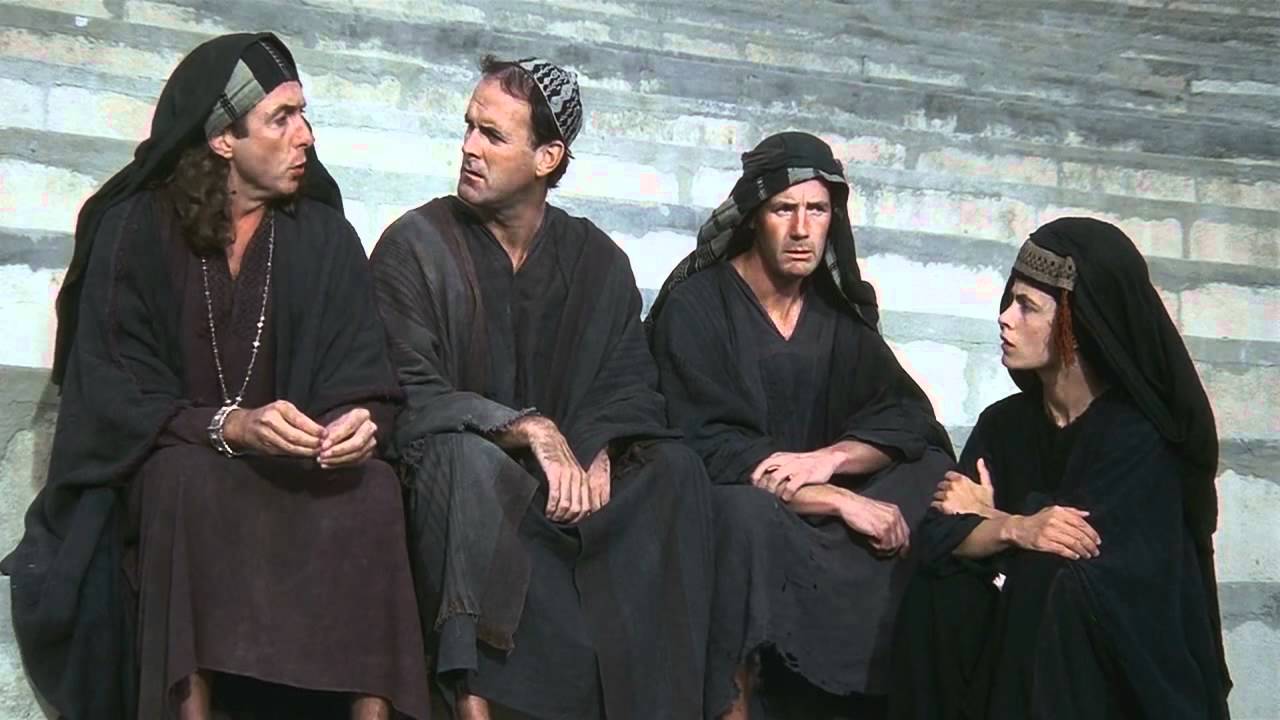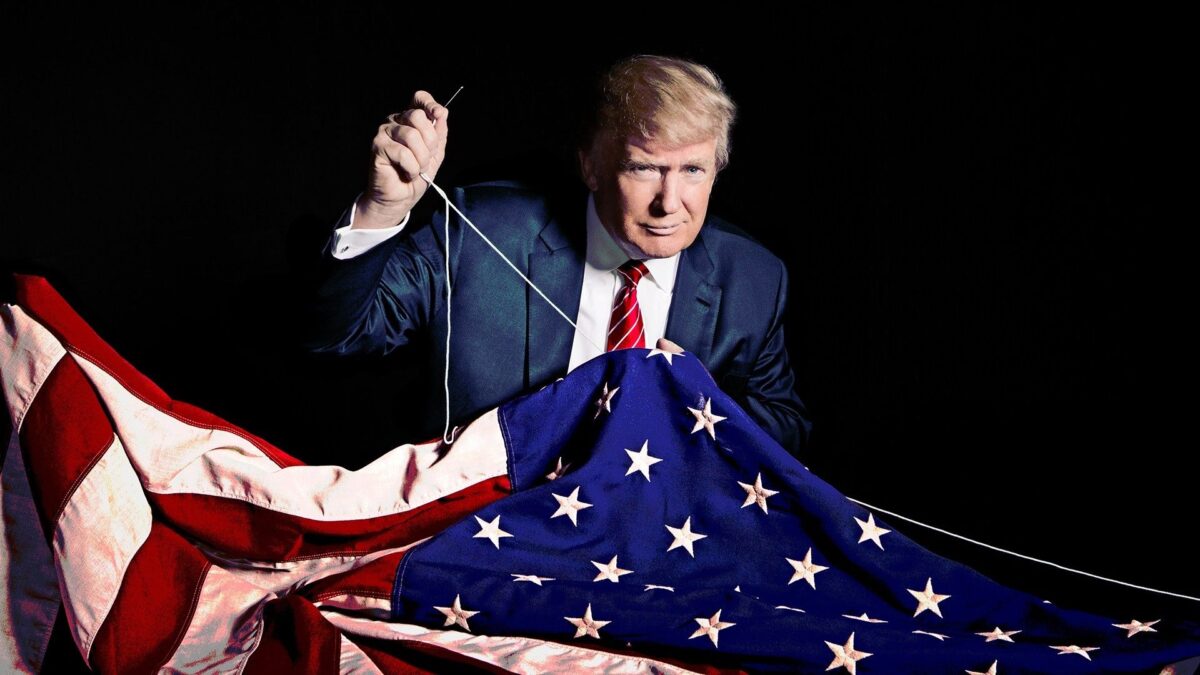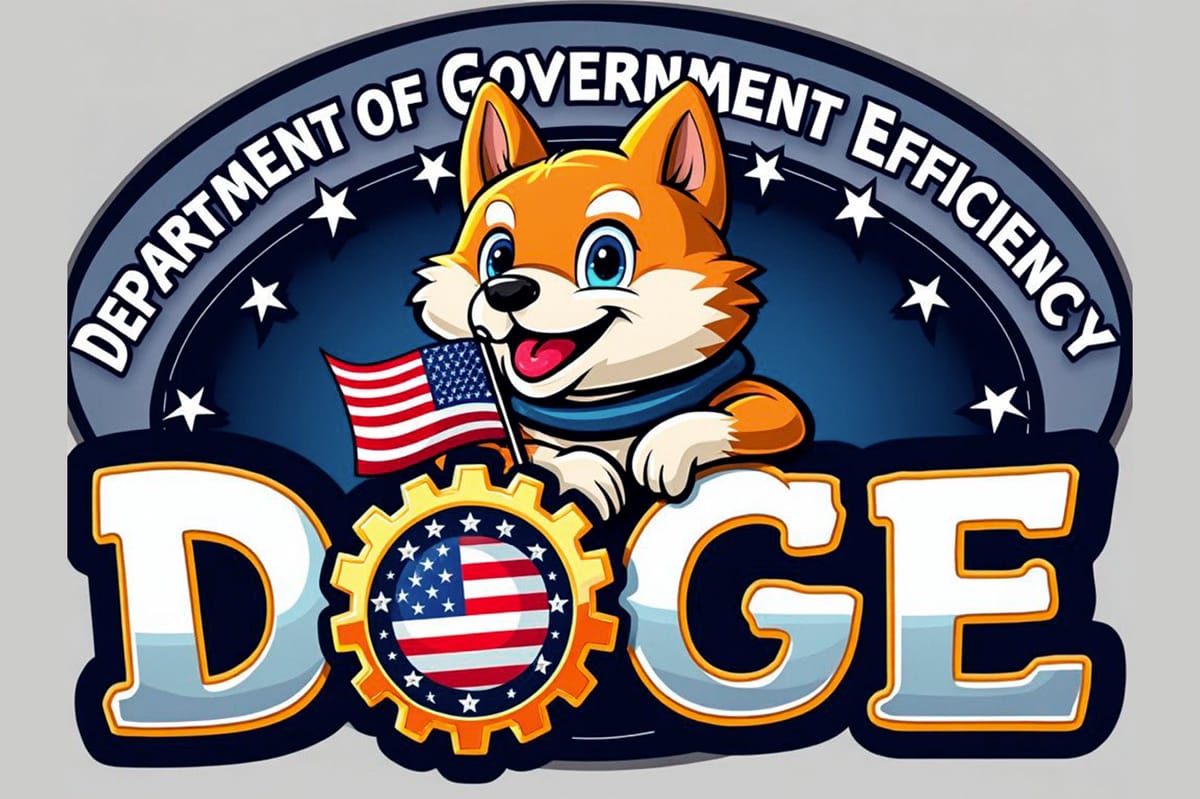The consecration of the Ram Janmabhoomi Temple in Ayodhya’s historic town symbolizes a momentous milestone that would raise the city into a spiritual sanctuary for human civilization. This temple symbolizes the resurgence of Sanatan spiritual ideas, positioning itself as a thriving hub for culture, values, and deeply established beliefs maintained over ages and passed down through generations. It represents the global comeback of India’s soft power, emphasizing the rich linkages throughout Bharat’s civilization.
Ayodhya has witnessed substantial infrastructural development, exemplified by the state-of-the-art Maharishi Valmiki International Airport and the inauguration of the modern railway terminal, Ayodhya Dham. Despite these advancements, the city retains its historical essence. An estimated 150 million pilgrims are expected to converge on this holy town post-inauguration, fostering holistic development and embodying the principles of Vedic Economics rooted in Sanatan spiritual practices.
India’s foreign policy actively promotes cultural and civilizational ties with neighboring nations. The inauguration of the Ramayan Circuit, facilitated by Prime Minister Narendra Modi and former Nepal Prime Minister KP Oli, underscores this commitment by establishing a bus link between Janakpur in Nepal—Goddess Sita’s birthplace—and Ayodhya, Lord Shri Ram’s birthplace, acknowledging the shared spiritual heritage of Hinduism between the two countries.
Furthermore, Indian Railways introduced a train connecting Janakpur in Nepal to India, creating a Ramayana Corridor that traverses significant sites in Lord Rama’s life, such as Ayodhya, Sitamarhi, Buxar, Varanasi, Prayag, Chitrakoot, Nasik, Hampi, Rameshwaram, Kanchipuram, and Bhadrachalam. In 2023, 50 diplomats visited Ayodhya during Deepavali to witness the world-record lighting of lamps, highlighting the city’s ancient significance as a hub of Dharmic Cultural Heritage. Additionally, Ayodhya welcomed Buddhist monks from South Korea in commemoration of the 50th anniversary of diplomatic ties, emphasizing historical connections between the regions.
India’s soft power diplomacy, rooted in cultural diplomacy and civilizational ties, prioritizes cooperation over coercion with other nations. Embracing the philosophy of “Vasudhaiva Kutumbakam” (the world is one family), India leverages shared cultures, rituals, and traditions to strengthen bonds among nations, shaping its foreign policy.
The recognition of International Yoga Day on June 21 by the United Nations General Assembly in 2015 bolstered India’s ownership of this traditional practice, showcasing its transnational cultural connectivity. Ayodhya, interwoven with centuries-old civilizational values, is poised to establish India as a hub for culture, spirituality, and knowledge in the East.
Acknowledging India’s soft power alongside its rapid economic growth and military strength, even China’s Global Times recognizes India’s transition from solely using cultural tradition for its interests to becoming a pillar of global power. This transformation, under exemplary leadership like Narendra Modi, positions India to regain its “Vishwaguru” (world teacher) status, assuming a leadership role in the global South by integrating civilizations through cooperation and connectivity rooted in a mix of value systems.
The iconic Times Square in New York City will broadcast the live consecration ceremony of the Shri Ram Mandir in Ayodhya on January 22, signifying a proud moment for the Indian diaspora of approximately 30 million worldwide. This event spreads the message of inclusivity, tolerance, and democracy ingrained in India’s spiritual Sanatan practices.












